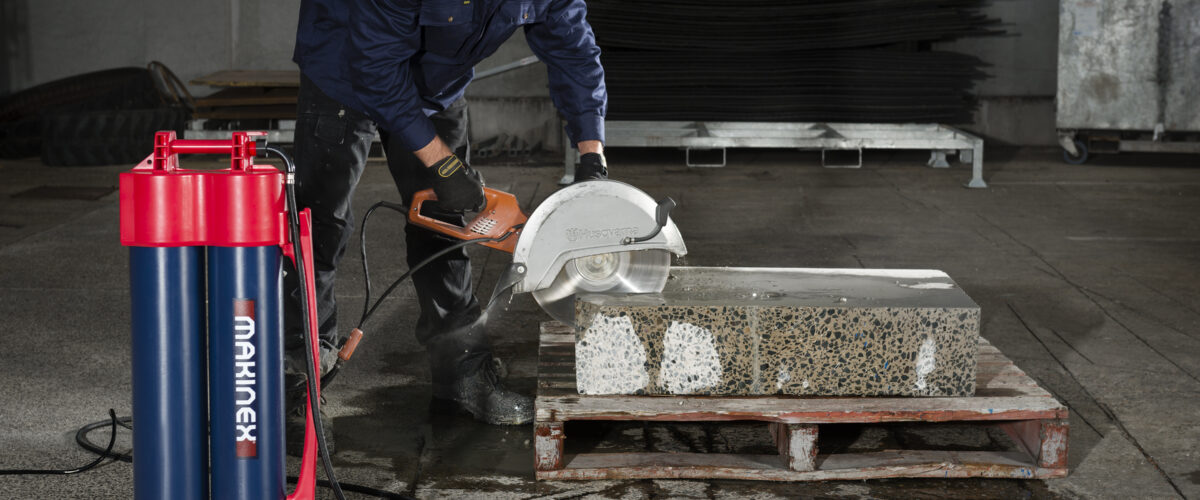
It’s the silent killer that claims 500 lives a year on construction sites, so more action needs to be taken to increase awareness and improve safety.
Silica, more commonly known as high levels of dust in the air, is second only to asbestos in the deadly toll it takes on construction workers. Inhaling high levels of dust can cause serious damage to the lungs, with life changing or even fatal results.
It is imperative that the right health and safety precautions are put in place. Employers have a legal obligation to ensure all practical steps are taken to reduce or even eliminate the chance of Silica infecting workers on site.
At Morris Site Machinery we believe that good practice is at the heart of reducing risk and improving safety. This can start with implementing simple guidelines and training for workers through to practical steps such as wearing protective clothing and face masks for those working with rock, soil and concrete.
It is not only site workers who are at risk, dust can settle on clothes and cars and can easily be transferred back home to friends and family.
Here are our ten top tips for minimising Silica in the workplace:
1) Wear protective clothing suitable for the task in hand at all times including gloves
2) Ensure a face mask is worn to protect the face, mouth and respiratory system. We advise Safety goggles or safety glasses with added side shields
3) Wet down any dust before it becomes airborne with a water hose. A Makinex Hose 2 Go will provide a constant flow of water which allows dust suppression when cutting, core drilling and grinding concrete. Used to its full potential it is the perfect answer to ‘on the hoof ‘dust suppression on building sites where ordinary hoses cannot reach. Dust control legislation will see a large niche opening up for this product
4) Use on-tool extraction: a ventilation system that fits onto the tool and removes dust as it is produced
5) Use protective screenings to ensure that dust extracted does not spread beyond the working area
6) Regularly maintain equipment, making sure the tools used are not damaged and replace those that are faulty or near the end of life
7) Provide on-site training for workers to ensure they know the risks and how to handle all equipment correctly
8) Consider breathing apparatus if required
9) Use the correct size of building materials that require less cutting
10) Rotate tasks within the team to ensure only a limited number of workers are exposed to the risk at any one time.
It is the employer’s responsibility to ensure adequate measures are in place to reduce the risk by conducting risk assessments, providing thorough training as well as advising how to use the equipment correctly.
But everyone working on-site needs to be aware of the dangers.
So, whether you are a brick cutter, a highway repairman, a mason or a builder, please be vigilant as dust clouds are everywhere.